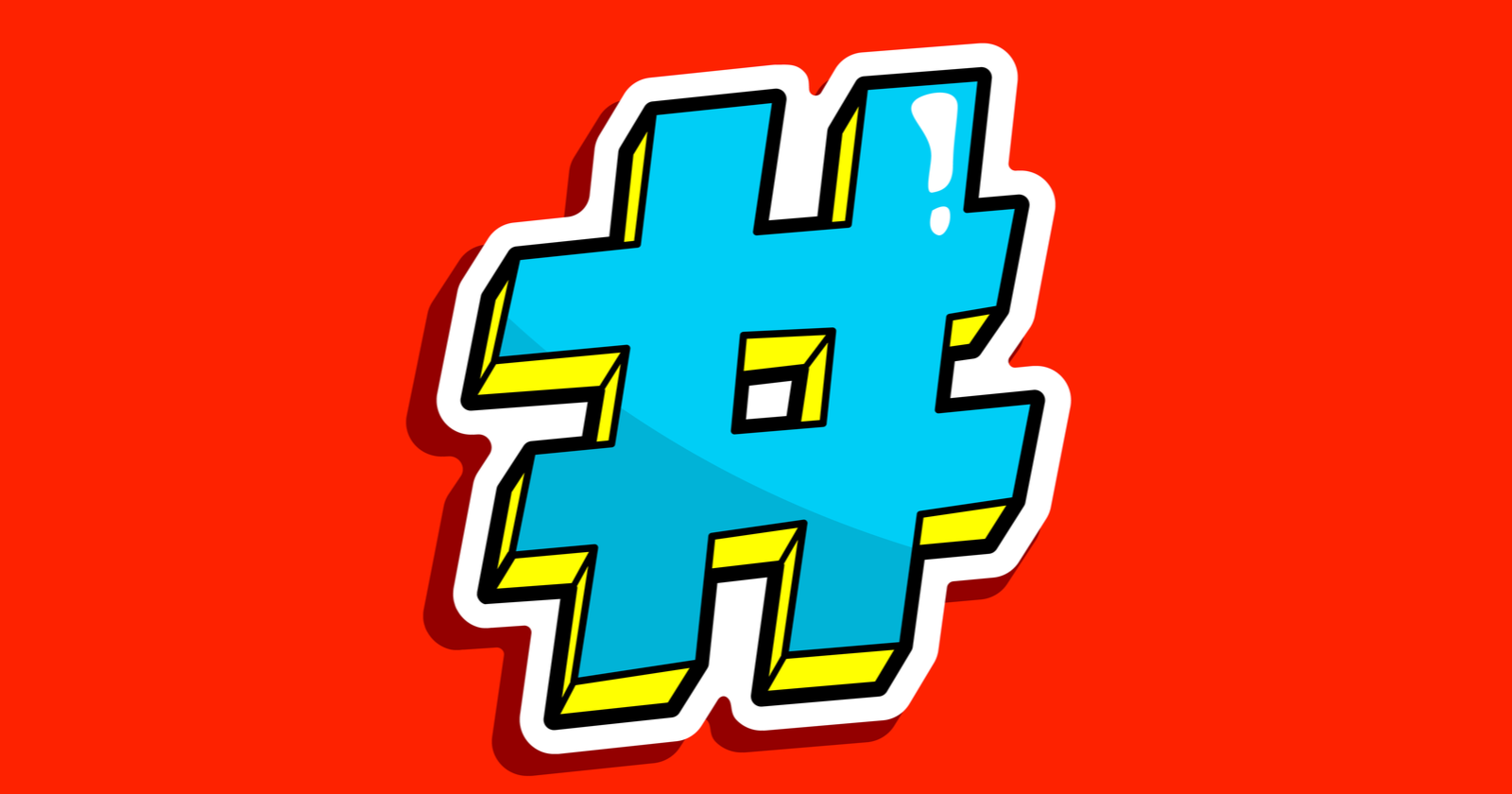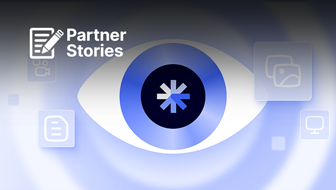There’s no doubt Twitter has changed the world we live in.
From its launch in July 2006 to its current state 13 years later, the microblogging website has become the ultimate news source, outreach platform, meme supplier, political soapbox, and so, so much more to so many people.
One of the many results of Twitter and its growing popularity was the rise of the hashtag.
Twitter infamously helped create the hashtag in 2007, first used by Chris Messina, which changed not just Twitter, but all of social media – and much of the world around it – in a big way.
What Are Hashtags?
A hashtag is a keyword index tool written with a #, or the pound symbol, at the beginning of a series of space-less keyword sets to refer to a specific topic, idea, or trend.
Hashtags are metadata tags consisting of letters and numbers – excluding spaces and punctuation – that categorize keywords and ideas (typically on social media platforms, like Twitter) by turning them into clickable phrases that are indexed with other, related tweets.
After debuting on Twitter thanks to Messina, hashtags flourished, first on Twitter, then on other social media platforms like Instagram, Facebook, and even business-oriented LinkedIn.
Hashtags have become a staple on most social media platforms and are embedded in the everyday fabric of social media.
And, thankfully, they’ve made categorization in a world of data overload easier than ever before.
How to Use Hashtags
Hashtags help categorize content among a plethora of information, thus making it easier than ever before to find and sort specific bits of information as they are published across Twitter.
It has become a legitimate source for breaking news, official statements, campaign launches, and even jarring photos and videos that have led to arrests and accusations, as well as other unexpected, unprecedented, and unbelievable interactions.
When using hashtags – either ones that are already trending or trying to kickstart a new one for a specific reason, campaign or idea – there are basic guidelines to using the right one, at the right time, with the right content. This will limit the potential for unintentional blowback, and later, damage control.
Creating a new hashtag and hopping on an existing one are drastically different moves and need to be handled as such. But they’re both helpful and are skills all quality social media marketers (and Twitter users) should understand.
Creating Hashtags
Creating a hashtag can be tricky.
Like most “viral” content on the web, some of the strangest ones will find a way to break through the surface and become a multi-day Twitter trend.
Others will fall to the wayside with very little effort.
Even the best hashtags benefit from influencer piggybacking, overall timing, and general luck to becoming a common trend on Twitter.
In addition to those aspects, you should follow a few other rules when creating a new hashtag if you want it catch on and become popular.
The three most important rules for creating hashtags are:
Keep It Simple
Keeping it simple is the most important aspect when it comes to creating a hashtag.
If it’s too complicated or elaborate, it will likely not catch on.
It also can’t be so vague that it’s impossible to separate it from other, unrelated hashtags with similar keywords or ideas.
Keep It Memorable
Clever hashtags tend to get legs easier than ones that are not.
If it’s witty and easy to remember, not only will the hashtag likely catch on and be used, but it will also likely have a longer shelf life than a hashtag that is not that memorable.
Give It the ‘Common Sense Check’
This is just as critical as the first two rules for creating hashtags, if not more.
Does the hashtag you’re trying to create make sense?
Can it be confused with another topic or hashtag that has nothing to do with your goal?
Most of all, does it offend, confuse, or lean toward the idea that this isn’t the best hashtag for your unique messaging?
A simple common sense check should help direct you as to whether your newly developed hashtag is going to be a winner or if it’s danger looming.
Using Existing Hashtags
When using hashtags that are already being used by others on the platform, there are some important rules to consider as well, but they are a bit different than those for creating new hashtags.
The three most important rules for using hashtags:
Research the Hashtag Before Adopting It
It may not mean what you think it means.
Your first step to ensuring it is the hashtag you’re looking for is to research it; look at other tweets using the hashtag and make sure they are in line with your thinking.
Too many times, users miss the mark with this one and adopt a hashtag that really means something completely different than what they intend.
Just ask DiGiorno’s Pizza about #WhyIStayed.
Make Sure It’s Relevant
Once you know what it means, make sure it makes sense to use for your messaging. Miss the mark and suffer the consequences.
Be Clever
Be sure to use your wit and personality and put your brand/personal spin on it.
Remember, the right hashtag has been used hundreds or thousands of times before you. This is the chance for you to stand out in a crowded room. Do it!
The biggest aspect of this to realize and remember is that, if hashtags are used incorrectly, it could come back to hurt the brand.
Being associated with a poor user experience is a quick and easy way to lose followers, fans, and even customers.
Potential Hashtag Nightmares
Just like anything else on the internet, there are people who will try to manipulate the system to gain an edge by doing less than others.
When it comes to hashtags, lazy (and bad) marketers will piggyback on popular and trending hashtags to gain increased visibility, sometimes compromising the integrity of the hashtag if misleading tweets aren’t filtered out.
These piggy-backers are rarely, if ever, rewarded. And brands that try it only suffer the backlash of the public, then the history books (i.e., American Apparel’s Hurricane Sandy Sale and other piggybacking disasters).
Like most things in the digital marketing realm, make sure what you’re doing is ethical and sensible. It’s unlikely you’d be penalized for that.
When to Use Hashtags
Hashtags have a time and place to be used, and it can be in every tweet a brand publishes.
It also doesn’t need to be, either.
Be genuine in your messaging and use hashtags to help categorize information, not to manipulate or deceive. Customers will remember it and they know what they want.
Why Use Hashtags
Simply put, hashtags improve your messages’ general visibility on Twitter (typically).
In addition to the increased organic visibility, hashtag users also tend to see increased engagement on the platform, increased brand awareness, and increased customer feedback, among other things, when effectively (and properly) using hashtags – all of which result in increased visibility.
More Resources:





